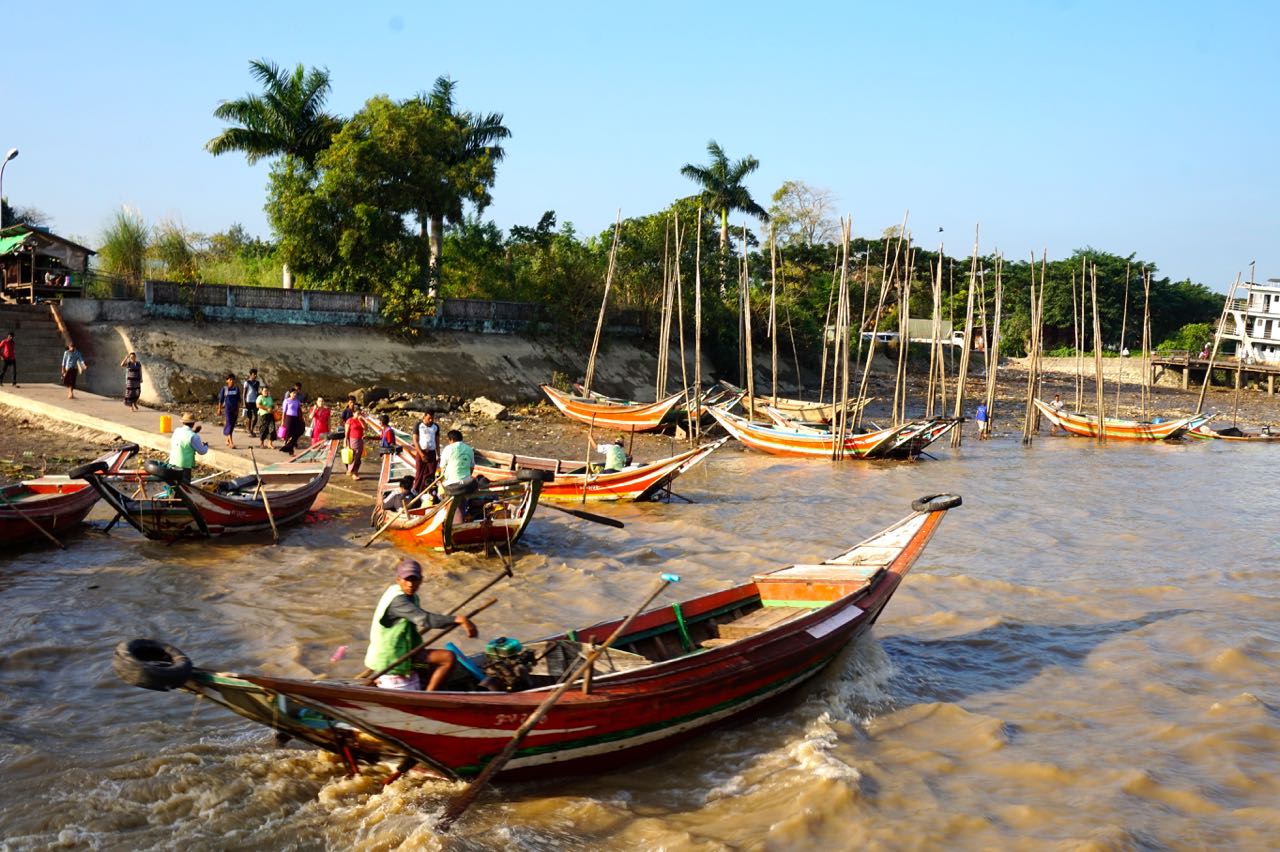
Myanmar (aka Burma) has only recently opened to tourism after lifting an embargo on foreign visitors. Tucked away in the South Asian peninsula, the country is unknown to most western tourists, except for it’s communist politics followed by a fight for democracy led by female activist Aung San Suu Kyi. A deeper dive into Myanmar’s history […]
view the post

I enter Laos (pronounced Lao) at one of the less frequented border crossings from Thailand and arrive at the town of Pakse. With just one strip of hotels and restaurants, Pakse usually serves as a launching pad to other destinations in southern Laos. I immediately decide to take a bus to the 4000 islands. In […]
view the post